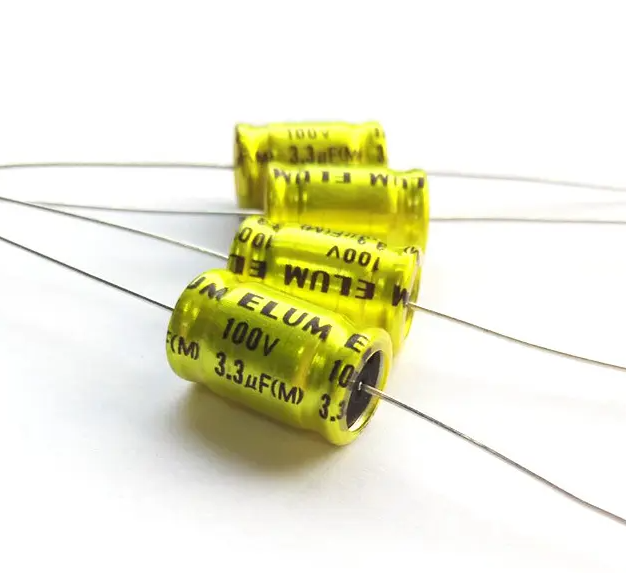Ceramic capacitors are pivotal in the realm of electronic components, where comprehending their performance parameters is not just beneficial, but essential for adept electronic design and application. In this analysis, we delve into the nuances of the withstand voltage value, rated voltage, and breakdown voltage of ceramic capacitors, aiming to enrich the reader's grasp of these critical parameters.
The withstand voltage value, typically expressed as the capacitor's maximum tolerable voltage between its two poles, is a key indicator. This value is often reached during specific tests, serving as a benchmark for the quality assessment of ceramic capacitors. However, it's crucial to recognize that the withstand voltage test is usually brief, given that prolonged exposure to high voltage can harm the capacitors. Consequently, this value should not be surpassed under normal operating conditions.
Then we have the rated voltage, defining the operational voltage spectrum of the capacitor. It's the gold standard for the capacitor's long-term stability. Exceeding this voltage threshold during use can compromise the capacitor's stability, negatively impacting the electronic component's performance. Designers, therefore, must ensure that the working voltage remains within this safe zone.
Breakdown voltage, on the other hand, is the grim reaper of capacitors – the minimum voltage that can lead to their destruction. Exceeding this value results in a catastrophic breakdown of the ceramic capacitor, often causing irreversible damage.

To encapsulate, these three parameters interrelate in the following manner: the withstand voltage value represents the maximum voltage, the rated voltage denotes the operational voltage, and the breakdown voltage signifies the voltage threshold leading to destruction. For those involved in electronic component design and application, respecting these parameters is not just a guideline but a necessity for ensuring the integrity and stability of the system.
Through this article, it is hoped that readers will emerge with a deeper understanding of ceramic capacitors' performance characteristics, an understanding vital for anyone navigating the intricate world of electronics.
